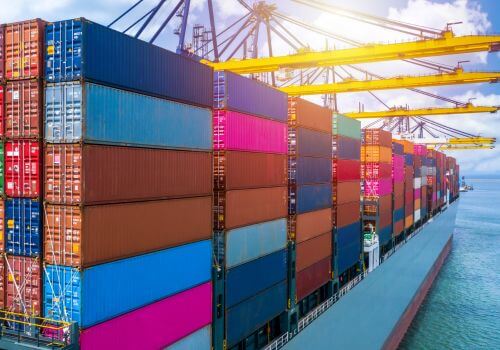In logistics, a consignee is the person or entity designated to receive goods or shipments. Here‘s a comprehensive explanation of the role and importance of consignees in the logistics process.
What is a consignee in logistics?
A consignee is the recipient of goods in a shipment. When freight is transported, whether by sea, air, or land, the consignee is the party that takes delivery of the cargo at the destination. The consignee’s name and address are typically listed on shipping documents like the bill of lading or commercial invoice.
What are the key responsibilities of a consignee?
Consignees play a crucial role in the logistics process. Their main responsibilities include:
- Receiving the shipment
- Inspecting goods for damage or discrepancies
- Signing for receipt of the goods
- Paying any applicable duties, taxes, or fees
- Arranging for transportation from the port or terminal to the final destination (if needed)
- Communicating with the shipper or freight forwarder about the shipment status
What are the different types of consignees?
There are several types of consignees in logistics:
- Ultimate consignee. The final recipient of the goods, often the buyer or end-user.
- Intermediate consignee. An entity that receives the shipment temporarily before forwarding it to the ultimate consignee. This could be a customs broker or freight forwarder.
- Notify party. While not technically a consignee, this is a party that should be notified when the shipment arrives. They may be responsible for arranging customs clearance or final delivery.
Consignee vs. Consignor
To better understand the role of a consignee, it‘s helpful to contrast it with the consignor:
- Consignee. Receives the goods
- Consignor. Sends the goods (also known as the shipper)
The consignor is responsible for preparing the shipment, while the consignee is responsible for receiving it.
Legal aspects and documentation
The consignee’s name appears on several important shipping documents:
- Bill of Lading (BOL). This document serves as a receipt for the shipped goods and a contract between the shipper and carrier. The consignee is named as the party to receive the goods.
- Commercial invoice. This document includes details about the goods being shipped, including the consignee's information.
- Customs declaration forms. These forms, used for international shipments, require the consignee's information for customs clearance purposes.
What are the rights and obligations of a consignee?
Consignees have specific rights and obligations in the shipping process:
Rights
- Inspect the goods upon arrival
- Refuse delivery if goods are damaged or don't match the order
- File claims for lost or damaged goods
- Receive timely information about the shipment status
Obligations
- Be available to receive the shipment at the agreed time and place
- Pay any due charges, including customs duties and taxes
- Promptly report any issues with the shipment
- Comply with local laws and regulations regarding imports
In summary, a Consignee in logistics is the person or entity that receives and takes ownership of shipped goods at the delivery destination.






